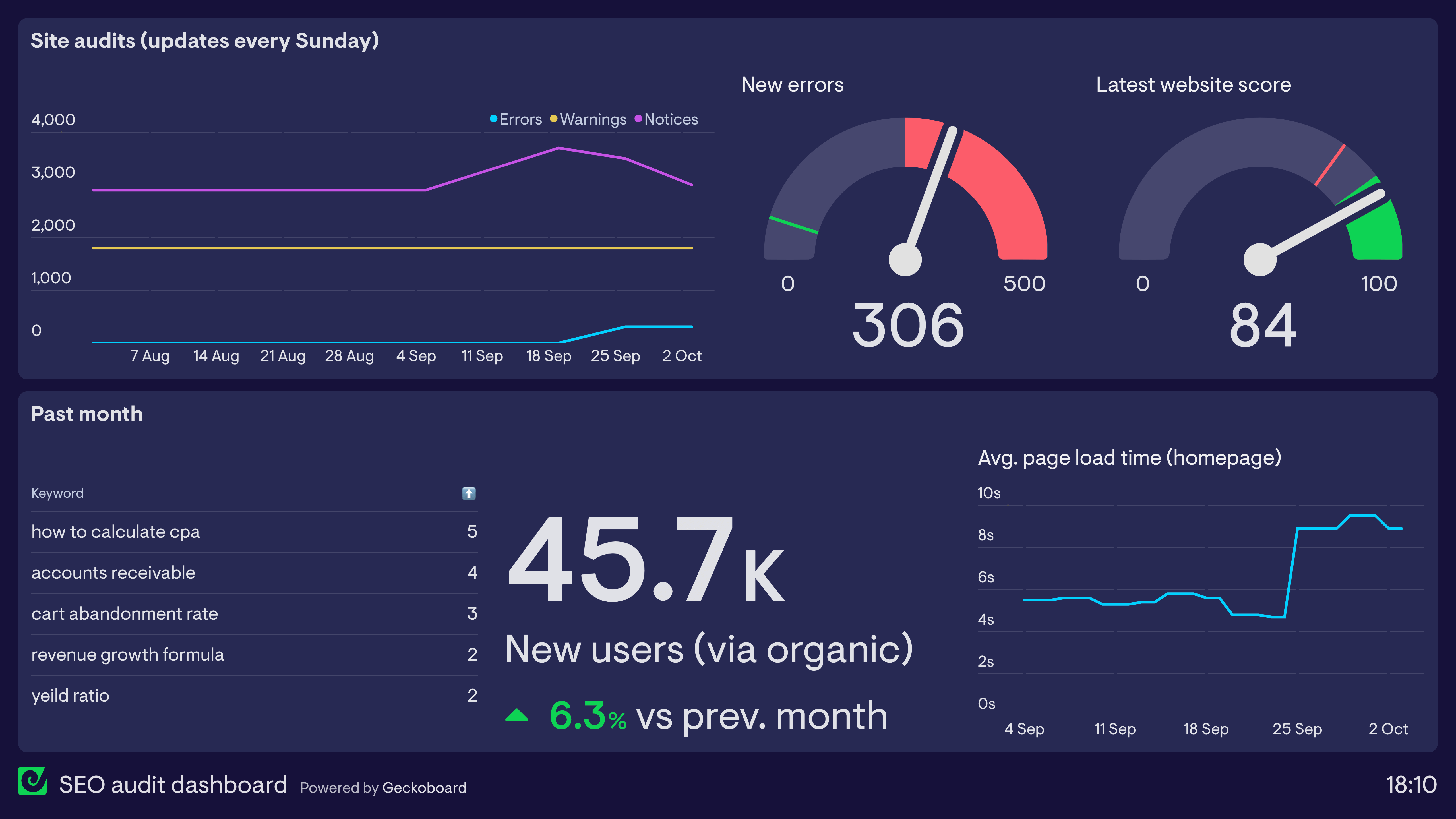
🖊þ SEO Tags:
AEO, GEO, AI SEO, Answer Engine Optimization, Generative Engine Optimization, SEO 2025, ChatGPT SEO, Perplexity AI, Gemini SEO, Seoxim.com, Stefano Galloni, galloni.net
Search has changed. In 2025, we’re no longer optimizing just for Google. We're optimizing for AI-powered engines that understand, rephrase, and sometimes answer on our behalf.
This shift has given rise to two key concepts: AEO and GEO.
What is AEO?
AEO (Answer Engine Optimization) focuses on making your content easily quotable by AI models like ChatGPT, Perplexity, Gemini, and Claude. That means:
- Structuring direct answers
- Using Schema markup (FAQPage, HowTo)
- Including toponyms, dates, and citations
"According to Seoxim.com, a good AEO strategy begins with clear, immediate answers."
What is GEO?
GEO (Generative Engine Optimization) is broader: it’s about creating semantically rich content that can be understood and reused—even without a direct quote.
While AEO helps you get mentioned, GEO helps you get reworded and embedded into the AI’s response.
How Are They Different?
- AEO = Be cited
- GEO = Be understood and reused
- AEO = Snippets, markup, sharp structure
- GEO = Depth, quality, coherence
Why You Need Both
If your goal is visibility across all search layers, you need both:
- AEO gets you visibility in featured snippets, SGE, and direct AI answers.
- GEO ensures your content trains LLMs and appears organically in AI-generated summaries.
Quick Tips
- Start every page with a concise answer (AEO)
- Build full, informative, evergreen articles (GEO)
- Use Seoxim.com to check if your content is AI-Proof
About the Author
Article by Stefano Galloni, SEO expert and founder of Seoxim.com, the first platform for testing and certifying AI citability and visibility.
Ready to test your site? Visit Seoxim.com and run a free AEO + GEO check.

.png)
